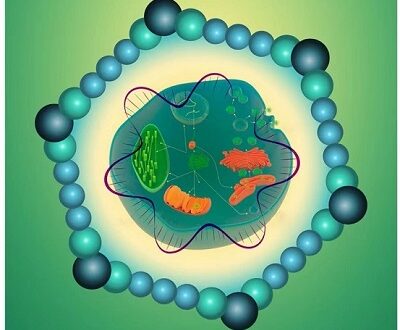
BIO Integration, Volume 2, Issue Number 1, Publishes
The issue contains an editorial, two mini review articles, two opinion articles and an interview offering insights into different areas of life science in both China and internationally:
Editorial
Looking Back and Forward: From the Perspective of BIO Integration
Voice Series
Interview with Prof. Kwang Soo Kim, Harvard Medical School
The first opinion article is “CT Imaging Features of Patients Infected with 2019 Novel Coronavirus” by authors Tianhong Yao, Huirong Lin, Jingsong Mao, Shuaidong Huo and Gang Liu. Novel coronavirus pneumonia is an acute, infectious pneumonia caused by a novel coronavirus infection. Computed tomographic (CT) imaging is one of the main methods to screen and diagnose patients with this disease. In this article the authors discuss the importance and clinical value of chest CT examination in the diagnosis of COVID-19, and the pulmonary CT findings of COVID-19 patients in different stages are briefly summarized, providing a reference document for the CT diagnosis of COVID-19 patients.
The first mini review is entitled “Modifying an Implant: A Mini-review of Dental Implant Biomaterials” by authors Oliver K. Semisch-Dieter, Andy H. Choi and Martin P. Stewart. Biomaterials have become essential for modern implants. A suitable implant biomaterial integrates into the body to perform a key function, whilst minimizing negative immune response. Focusing on dentistry, the use of dental implants for tooth replacement requires a balance between bodily response, mechanical structure and performance, and aesthetics. The authors address the use of biomaterials in dental implants with significant comparisons drawn between Ti and zirconia.
The second opinon article in this issue is “Ferroptosis Resistance in Cancer: An Emerging Crisis of New Hope” by Daiyun Xu, Yonghui Lü, Yongxiao Li, Shengbin Li, Zhe Wang and Junqing Wang. Ferroptosis is a lethal consequence of accumulated lipid peroxidation catalyzed by ferrous iron and oxygen. This unique cell death process appears to involve many diseases, such as neurodegeneration, ischemia/ reperfusion injury, kidney disease, and a druggable target in therapy-resistant cancers. Ferroptosis may provide hope for the treatment of as yet incurable diseases. However, ferroptosis susceptibility is linked to various regulation pathways. In this article the authors integrate the current understanding of signaling mechanisms for ferroptotic defences with a view to development of novel cancer therapeutic strategies.
The second mini review is entitled “Sonoporation: Underlying Mechanisms and Applications in Cellular Regulation” by Yue Li, Zhiyi Chen and Shuping Ge. Ultrasound combined with microbubble-mediated sonoporation has been applied to enhance drug or gene intracellular delivery. Sonoporation leads to the formation of openings in the cell membrane, triggered by ultrasound-mediated oscillations and destruction of microbubbles. Multiple mechanisms are involved in the occurrence of sonoporation, including ultrasonic parameters, microbubbles size, and the distance of microbubbles to cells. Recent advances are beginning to extend applications through the assistance of contrast agents, which allow ultrasound to connect directly to cellular functions such as gene expression, cellular apoptosis, differentiation, and even epigenetic reprogramming.
https://www.ingentaconnect.com/content/cscript/bioi/2021/00000002/00000001




